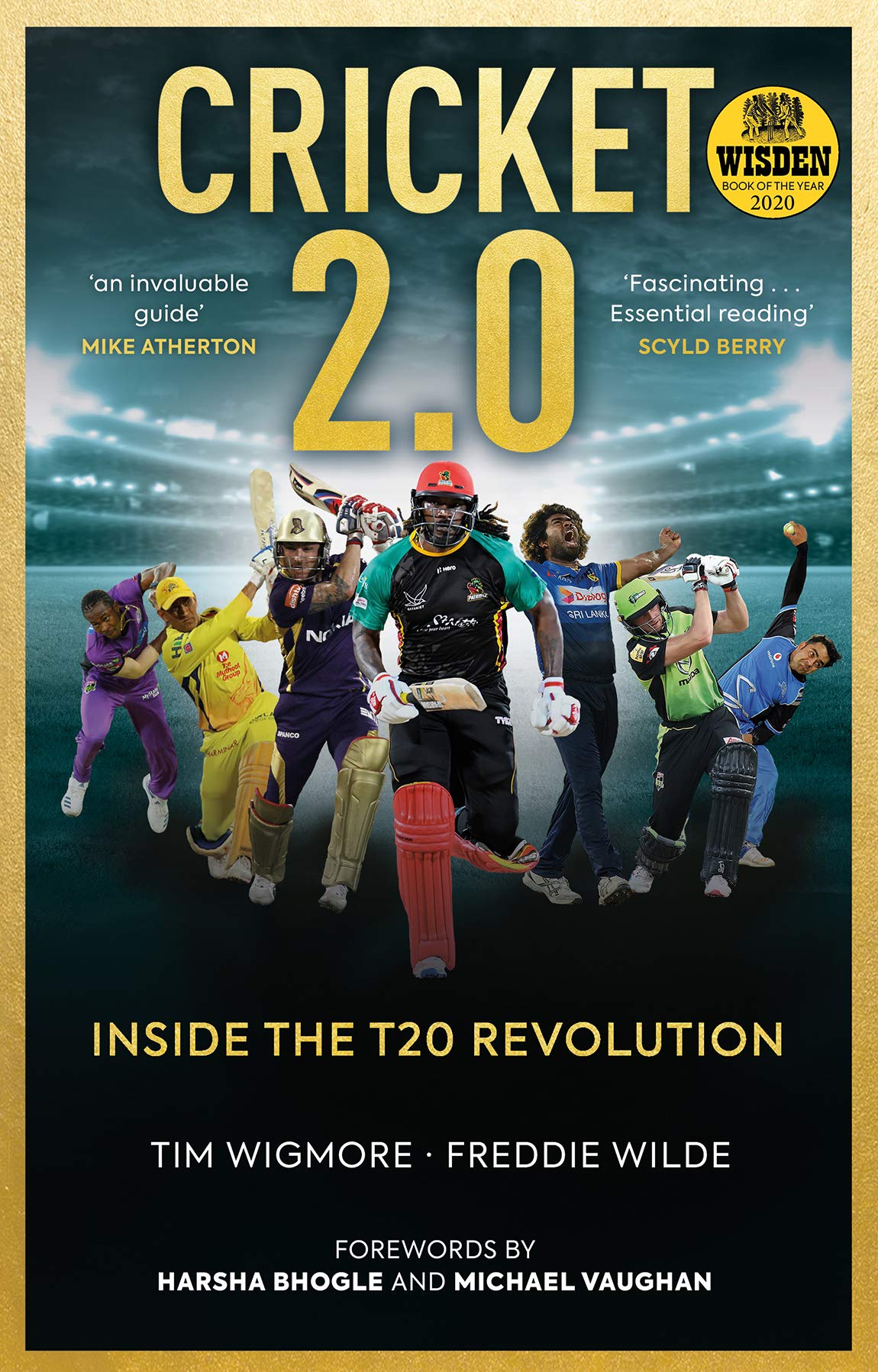Twenty20 cricket may not enthuse a purist but it certainly has heralded a revolution in the game. Tim Wigmore and Freddie Wilde trace cricket’s shortest format from its humble beginning in June 2003 at The Oval. The Surrey captain, Adam Hollioake, won the toss against Middlesex and decided to bowl since he didn’t have a clue about what would happen. That’s how it began, in a spirit of ignorance, innocence and bedlam.
This well-researched book deals with every aspect that contributed to T20s’ domination of cricket. From the players’ enhanced physical attributes that propelled a more muscular build to the average size of bat edges that more than doubled from 18mm to 40 mm which made six-hitting look effortless. The first chapter of the book deals with the Indian Premier League and how it changed world cricket and recalibrated the entire economics of the sport.
In T20s, defence virtually ceased to matter; the overwhelming focus is on attacking. No score is considered beyond reach in what is mapped as the arc of a batting revolution. The power-hitters epitomize the art of modern batting where the impossible has become mundane and truth stranger than fiction.

Cricket 2.0: Inside the T20 Revolution by Tim Wigmore and Freddie Wilde, Penguin, Rs 499 Amazon
The book focuses on the market dynamics of franchise-based Leagues like the IPL and how it has contributed to building teams. The CEO of the Kolkata Knight Riders, Venky Mysore, tries to justify the rationale behind not retaining Sourav Ganguly at the 2011 auction and how a new team contributed to its success in 2012. But the authors probably were not aware that Ganguly wasn’t given a free hand in the running of the team and that extraneous forces contributed to KKR’s failure.
An entire chapter also deals with how spinners have thrived in this challenging format. There are some great anecdotes: windball and tennis ball cricket on the beaches in the West Indies contributed to Sunil Narine and Samuel Badree learning new deliveries and variations that would have been difficult to master with a conventional cricket ball.
Despite its extensive coverage, the book doesn’t have a chapter on coaches’ planning and strategy, an integral part of the T20 format. That remains a shortcoming in an otherwise well-researched effort.










